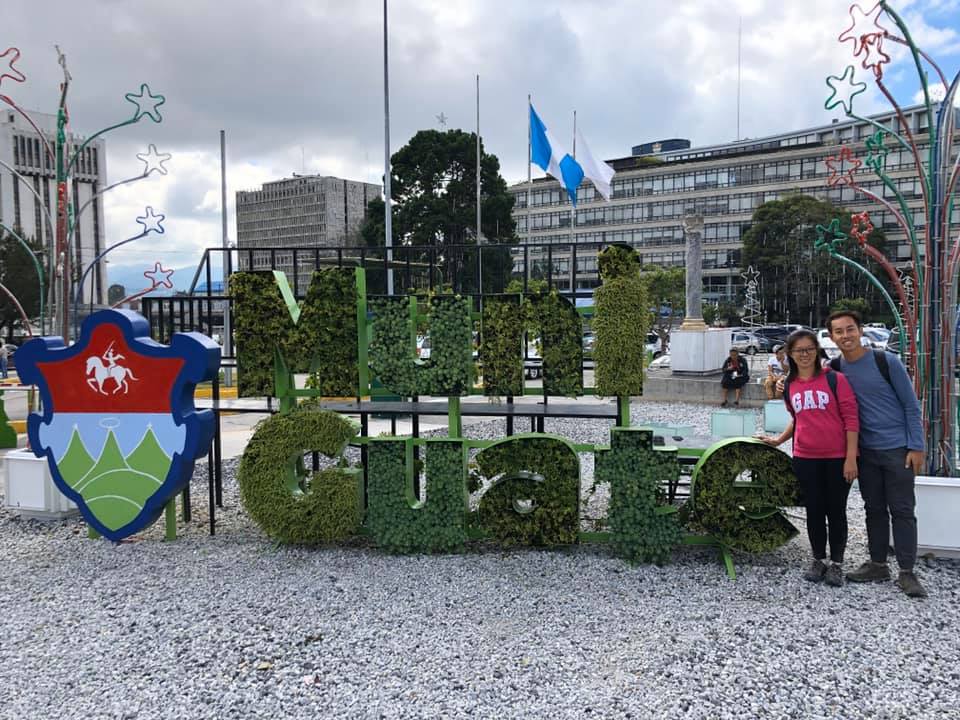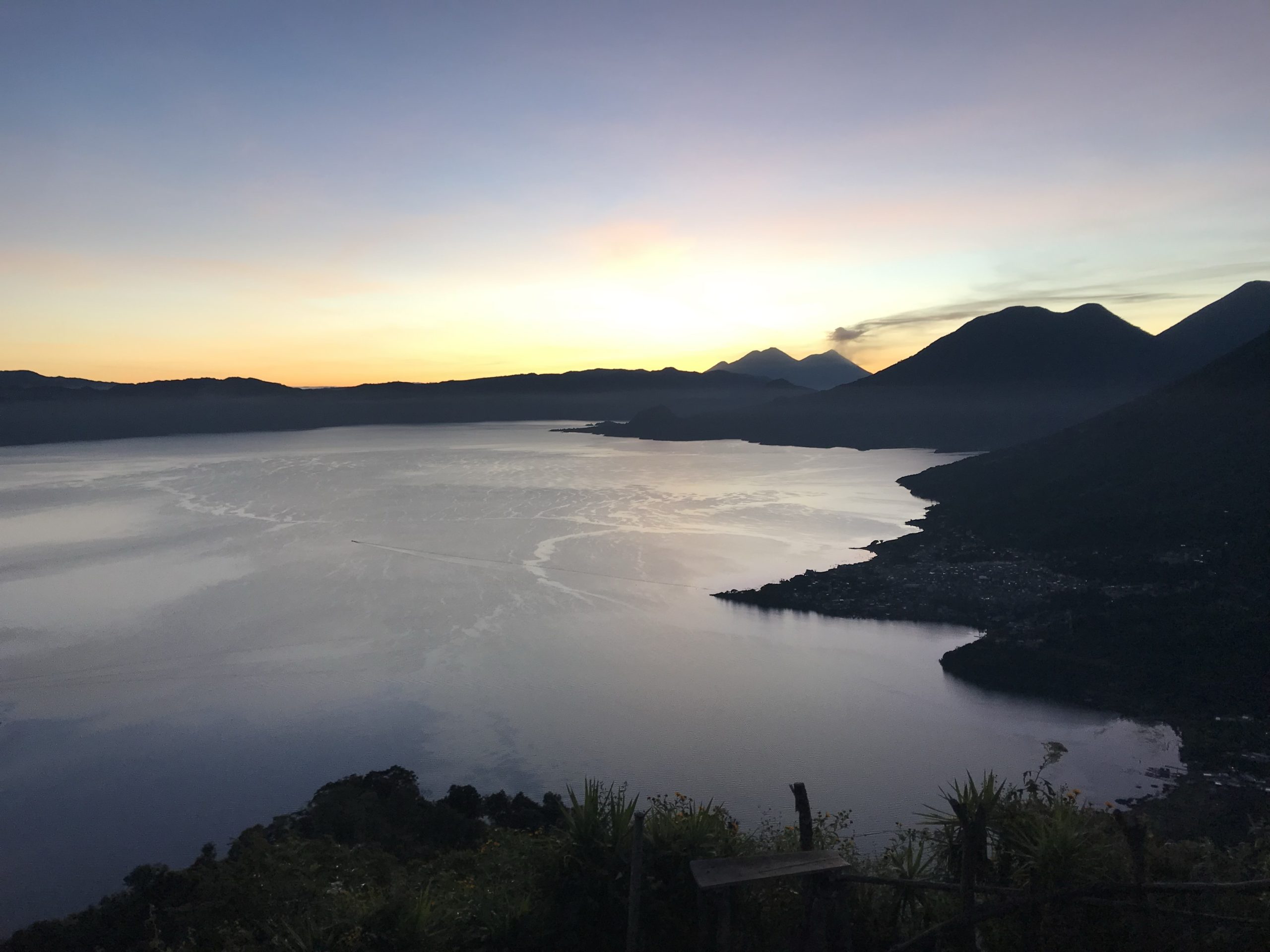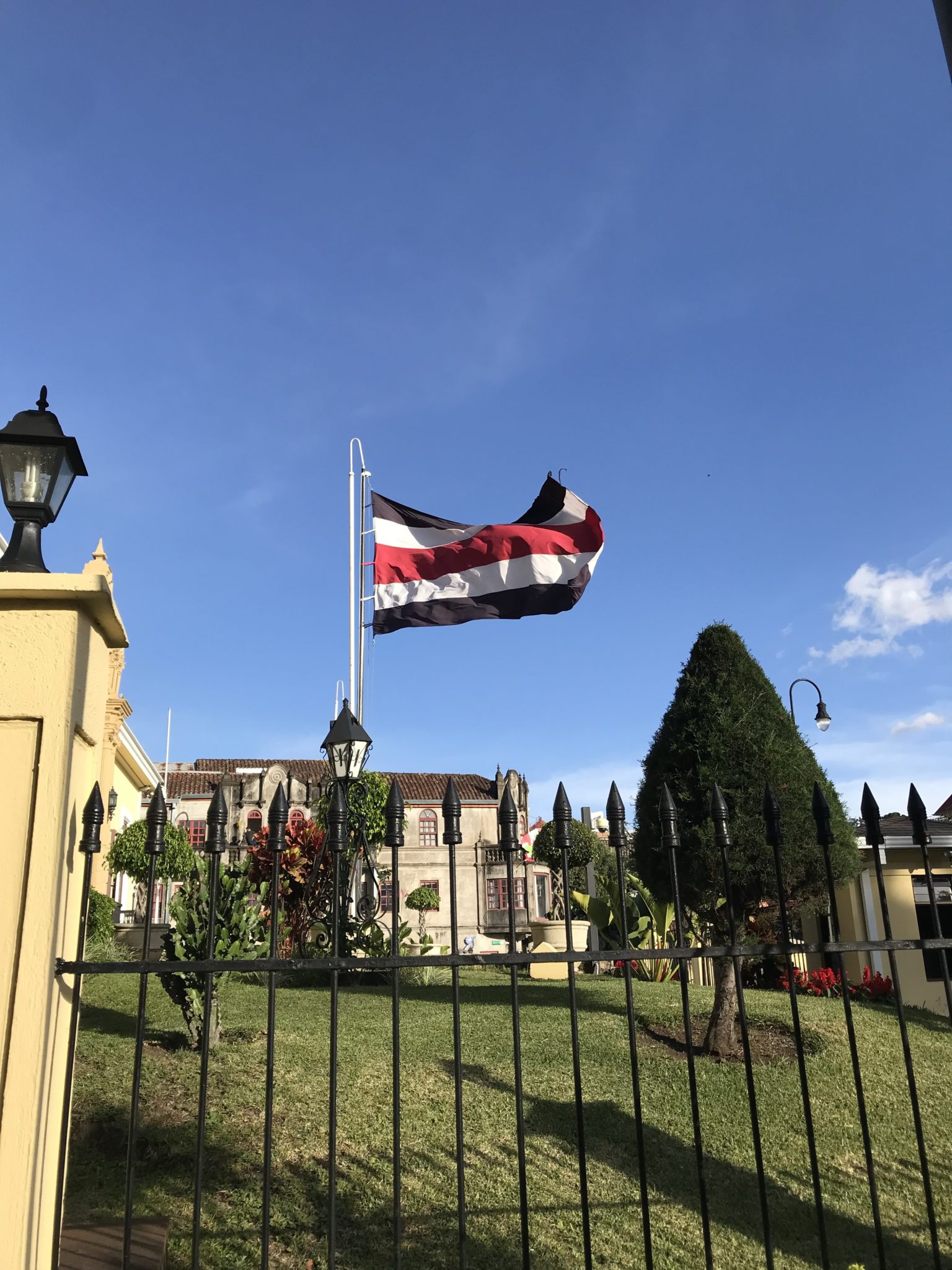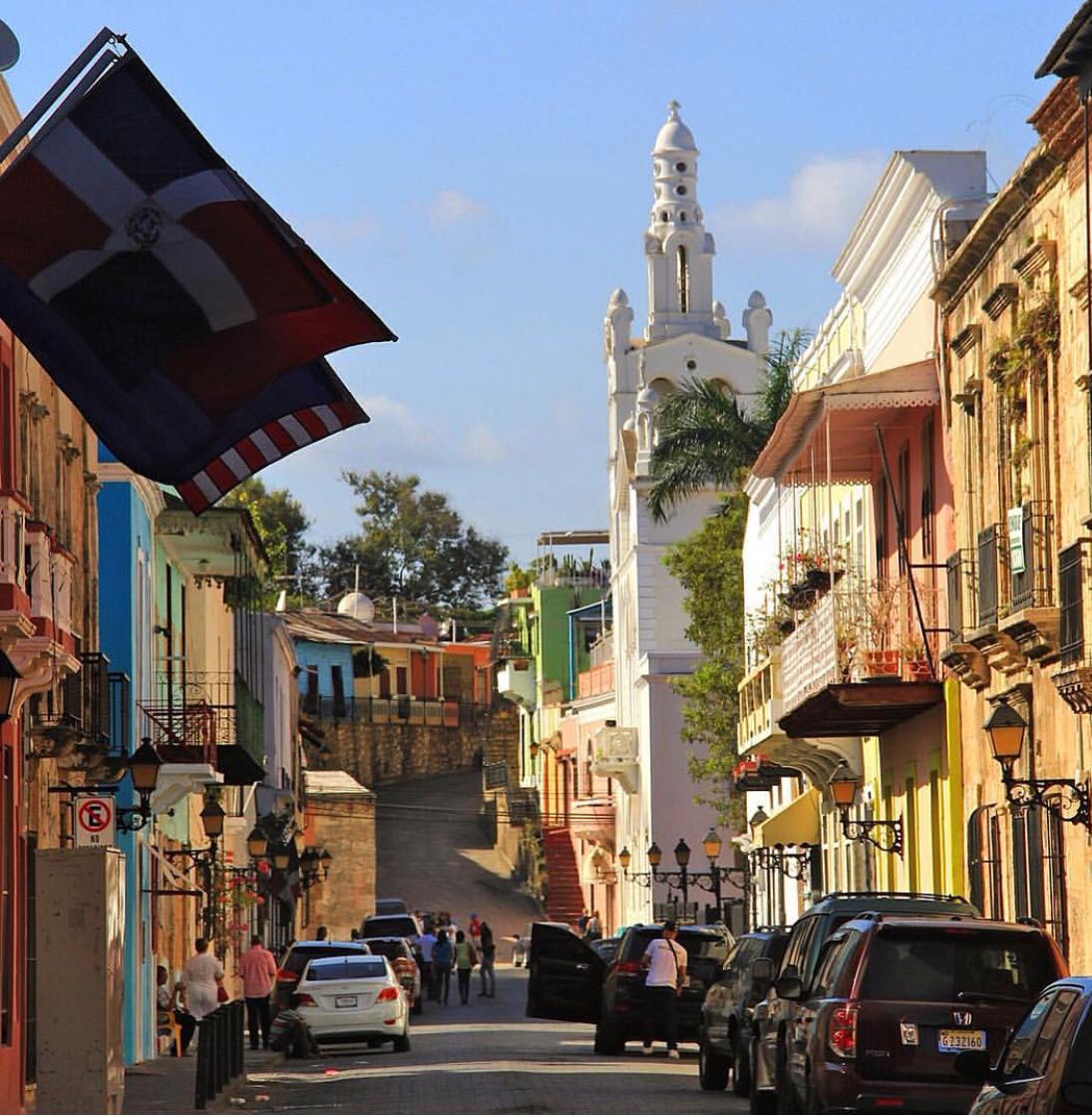
Depending on who you talk to, Guatemala City (or Guate as it’s also known) is either big, dirty, dangerous and utterly forgettable, or big, dirty, dangerous and utterly fascinating. Either way, there’s no doubt there’s an energy here unlike anywhere else in Guatemala. It’s a place where dilapidated buses belch fumes next to BMWs and Hummers, and where skyscrapers drop shadows on shantytowns.

Many people cautioned us about ‘Guate’ being dangerous, but during our three days here, we felt quite safe, be it walking along the streets with our host or navigating the public transport system on our own.

After a long bus ride from Tikal, we arrived in Guate around 6am with a bus load of locals. After washing up at a local mall, we were ready to meet our host for breakfast. Guate is busy reinventing itself as a people-friendly city. Downtown Zona 1, for years a no-go zone of abandoned buildings and crime hot spots, is leading the way with the pedestrianised 6a Calle attracting bars, cafes and restaurants. This was one of the bakeries that is in Zone 1.

We had local bread at this famous bakery. It was morning and so many people were queuing for the freshly baked bread. Their signature bun is the one with beans inside, as you know in Central America they eat a lot of beans. We also had a delicious milk shake – “licuados” to go with the bread.

After breakfast, we headed to the main square for a walk. As Christmas was approaching, there was a mini Christmas market selling all sorts of foods and knick knacks. Even though it is a predominantly Christian country and many people celebrate Christmas, I feel that it lacks the cold weather that I would normally associate winter with. Nevertheless, the ambiance of the Christmas market was wonderful and many people were out strolling around the market.

This was the entrance to the Christmas fair. There was a group of students queueing up to use the ice skating rink when it first opened for the day. When the three of us wanted to go inside to check it out, the security guard stopped us and said that the grounds was not open to the public until the afternoon.

At the National Palace of Culture, it is colloquially known as “Palacio Verde“, as it has identified as Guatemala City’s symbol in its architectural context. It was the most important building in Guatemala and was the headquarters of the President of Guatemala. Today, the palace is now a museum and every day thousands of tourists visit to learn about its fascinating past and what it’s come to represent.

Guate has several well-preserved colonial buildings. In the past, they were occupied by the Spanish colonial rulers and after which changed hands with the owners from rich families. But today such buildings have been gazetted as national monuments and steps have been taken to preserve the appearance and the heritage of these buildings.

The Mercado Central (Central Market) of Guate has lots of fresh produce for sale. For a cheap meal, you can also get some main course or soup at one of the many stalls which opened up at the market. The lack of aesthetics on the outside is well compensated for by the vibrant and colourful market inside.

At the Parque Central, catch buskers, wandering preachers, free concerts and other random stuff in the always-bustling plaza, or just stop by to feed the pigeons. There are also various random art installations such as this high chair in the area.

Walking towards the Central Market, we saw some live animals being tied to a pole. This could be a daily scene at one of the markets in Oman or the Middle East. Surprisingly Guatemala also had the tradition of selling live animals at the market. These poor goats were waiting for potential buyers and seem bored and restrained.

Over at the Numismatic Museum of Guatemala, we gained insights into the history of the country through its coins, banknotes and its rich colonial past. This museum is housed in the old Bank of Guatemala building and the entrance is free. For those carrying bags, we had to deposit them in the lockers near the entrance. It houses a large collection of coins and bills spanning the whole of Guatemala’s history, from the time when Guatemala was using the Spanish colonial real to the Central American Republic (CAR) real. However, the hopes of a united CAR did not materialise for long and soon it was dissolved and Guatemala declared its independence from Spain.

Today, the official currency of Guatemala is the quetzal. The bills feature the beautiful national bird of Guatemala, the green and red resplendent Quetzal, which is in danger of extinction from habitat destruction. The ancient Mayans who populated the region of present-day Guatemala used the bird’s feathers as money.
Lastly, on the way back to the car, we passed by the Central Post Office with its iconic arch bridge. Unfortunately, for the philatelist like me, I could not buy stamps nor send a postcard back to my friends because the Guatemalan post is not operational. After the Canadian post company which used to manage it pulled out about two years ago, the post has remained stagnant and the government did not make any efforts to revive the system. It is really unfortunate. Only private companies like FEDex, DHL and UPS are running the post segment for now.

At night, Zone 1 transforms into a bustling nightlife area, so head over there Heading straight for the rejuvenated Zone 1 for the best night out on the town. For us, we went to Zone 10 instead because that was also a nice area, in the midst of the business district and more convenient to go from where we were staying.
Many travelers skip the city altogether, preferring to make Antigua their base. Still, you may want, or need, to get acquainted with the capital, because this is the hub of the country, home to the best museums and galleries, transport hubs and other traveler services. I would recommend spending a few hours or even two days here in Guate to get a feel of the capital city.


